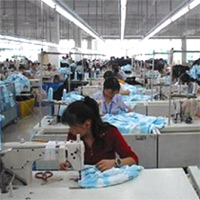Looking for more insights?
Sign up to stay informed about our latest article releases.
As Western consumers’ spending power has shrunk, orders have fallen and the pain inflicted on Guangdong’s manufacturers has intensified. According to official figures released in early January, as many as 62,400 companies went bankrupt and 600,000 migrant workers left the province in 2008. Though experts see Guangdong moving up the value chain in the future with a more domestically focused, service-oriented economy, the provincial government’s resolve to pursue a restructuring agenda will face a stiff test as the global economy worsens.

Sign up to stay informed about our latest article releases.